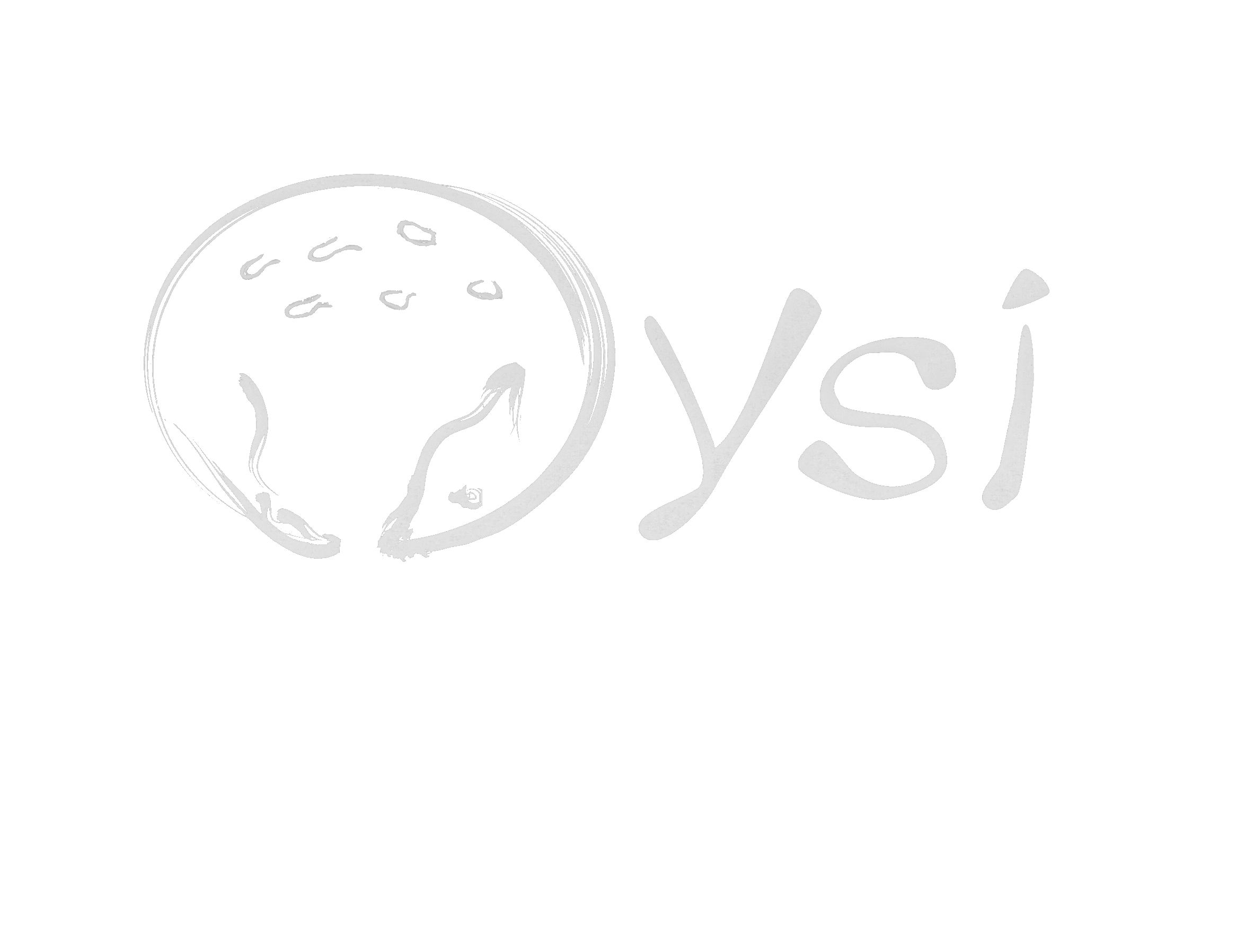Shaman
DESCRIPTION
Share +"The term Shaman derives from the Tungus language group, the largest of the northern group of the Manchu-Tungus languages, and the nomadic reindeer herding Evenk (formerly known as the Tungus) comprise the largest indigenous Siberian Tungus-speaking group.
One of the earliest encounters with Evenki shamanism is recorded as Nicolas Witsen's illustration (a wood-cut from his Noord en Oost Tartarye, 1705) labeled “Priest of the Devil.” Since then, the Evenk have been the subject of many anthropological studies, the most recent being Piers Vitebsky's The Reindeer People: Living with Animals and Spirits in Siberia (2005)."
The A to Z of Shamanism (Volume 173) (The A to Z Guide Series, 173) by Graham Harvey and Robert J. Wallis
Through visions, dreams and heightened perceptions they mediate between the human and the spirit world. Drumming and dancing provide the vehicle and songs the paths to other worlds. Female shamans are considered especially powerful.

